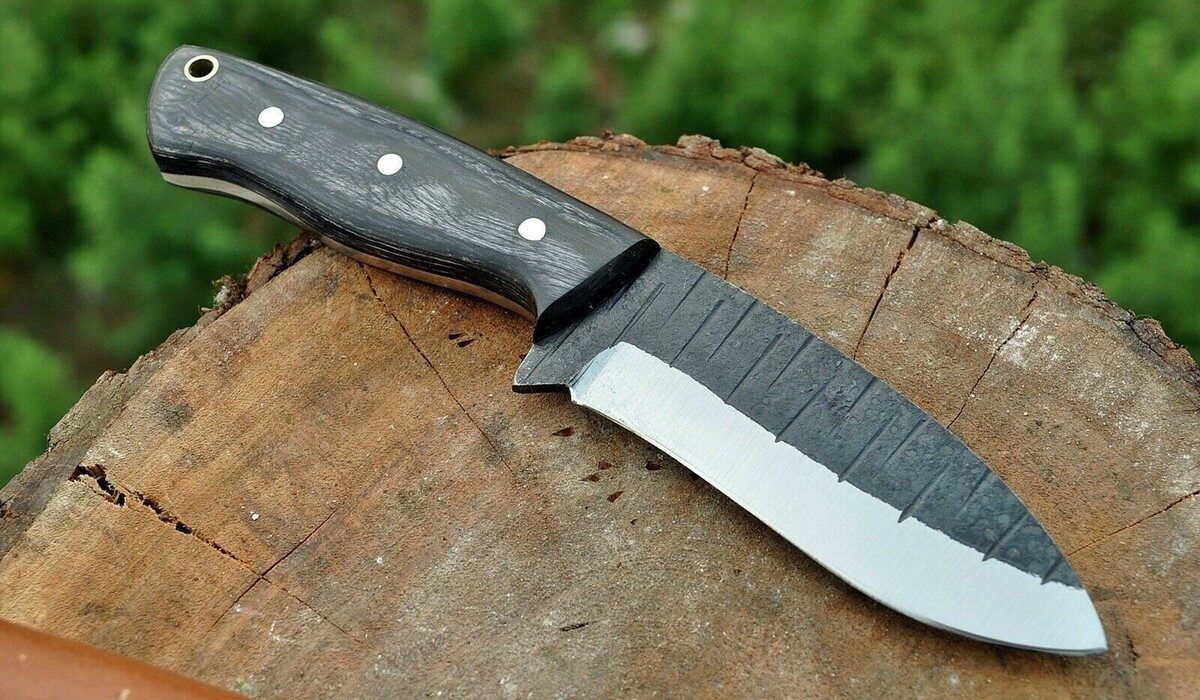In the world of knives, maintaining the perfect edge is crucial for optimal performance. Whether you are a kitchen professional or an outdoor enthusiast, understanding blade re-profiling methods is essential. These methods are designed to restore the blade’s original angle and sharpness, ensuring that your knife performs at its best.
Re-profiling a blade involves adjusting its bevel angle to suit specific tasks or to remedy damage. This process is vital for kitchen professionals who rely on precision and efficiency in their work. Let’s delve into the various methods available and how they can enhance your knife’s performance.

Understanding Blade Re-profiling
Before diving into the methods, it’s important to grasp what blade re-profiling entails. Essentially, it’s the process of changing the angle of the blade’s edge to improve its cutting ability or to repair any wear and tear. This can involve removing material from the blade to create a new edge.
Common Methods of Blade Re-profiling
There are several methods used in blade re-profiling, each with its own advantages and applications. Here are some of the most common:
1. Manual Sharpening with Stones
This traditional method involves using sharpening stones to manually grind the blade to the desired angle. It offers precise control and is ideal for those experienced in knife maintenance. Using high-quality stones can significantly improve the blade’s edge retention.
2. Electric Sharpeners
Electric sharpeners provide a convenient and time-efficient way to re-profile blades. They are equipped with guides to help maintain consistent angles, making them suitable for beginners.
3. Guided Sharpening Systems
These systems offer a combination of manual precision and user-friendly operation. They come with angle guides and abrasive surfaces, allowing users to achieve consistent results with minimal effort.
4. Professional Services
For those who prefer to leave it to the experts, professional sharpening services are available. These services ensure high-quality results and can handle complex re-profiling tasks.
Choosing the Right Method
Choosing the right blade re-profiling method depends on several factors, including the type of knife, its intended use, and your skill level. For kitchen professionals, maintaining a precise and sharp edge is paramount. Therefore, a method that offers control and consistency is often preferred.
Factors Affecting Re-profiling
Several factors can impact the effectiveness of blade re-profiling methods. These include:
1. Blade Material
The type of steel used in the blade affects how easily it can be re-profiled. Some materials are harder and require more effort to sharpen.
2. Bevel Angle
The original bevel angle plays a significant role in determining the best re-profiling method. A steeper angle might require more material removal.
3. Intended Use
The purpose of the knife dictates the ideal edge profile. For example, a slicing knife may need a different angle than a utility knife.
Maintenance Tips
To maintain the effectiveness of your knife, regular maintenance is key. Here are some tips:
1. Regular Honing
Honing helps maintain the edge between sharpening sessions. Using a honing steel can keep your knife in top condition.
2. Proper Storage
Store knives in a way that protects the edge, such as using a magnetic strip or a knife block.
3. Avoiding Hard Surfaces
Refrain from cutting on hard surfaces like glass or stone, as they can dull the blade quickly.
Conclusion
Understanding and applying the right blade re-profiling methods can greatly enhance the performance and longevity of your knives. Whether you choose to sharpen manually or use an electric sharpener, the key is to maintain the correct angle and keep the blade in top condition. For more insights and detailed techniques, you can visit this guide on fixed blade knives.

FAQs
1. Why is blade re-profiling important?
Re-profiling is crucial for restoring a knife’s cutting efficiency and adapting the blade for specific tasks.
2. How often should I re-profile my knife?
The frequency depends on usage, but generally, knives should be re-profiled every few months or when performance declines.
3. Can I re-profile my knife at home?
Yes, with the right tools and techniques, you can re-profile your knife at home. Consider guided systems for ease and accuracy.
For more tips on maintaining your knives, explore our blade edge retention techniques and other helpful resources.
This article contains affiliate links. We may earn a commission at no extra cost to you.


